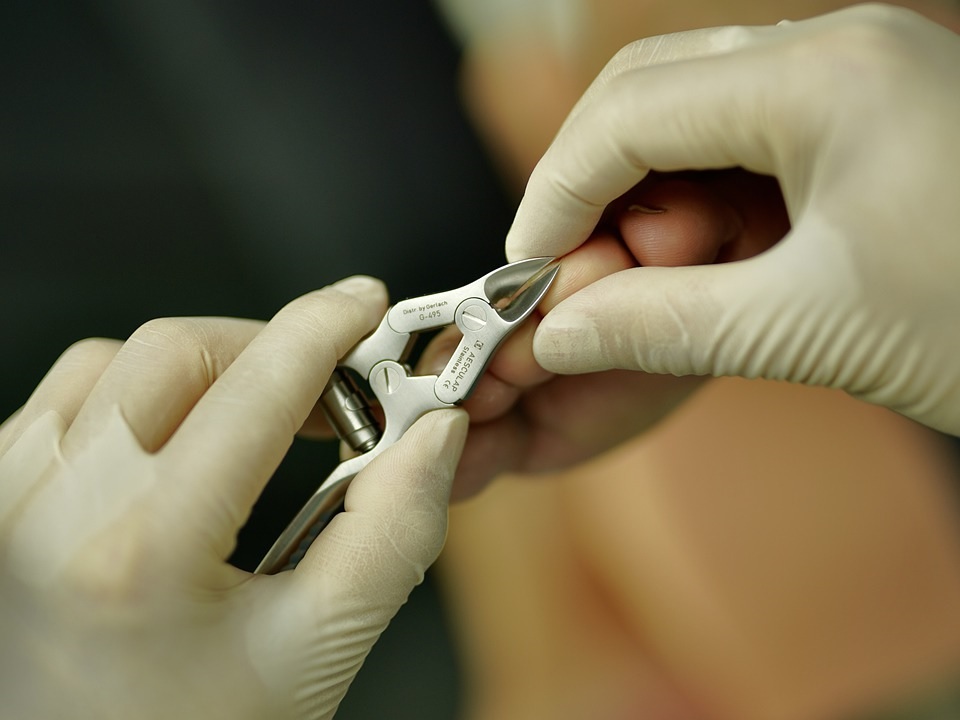
Fungal infections may affect various parts of the body. Like bacteria, fungi are also present in the body, and an overgrowth of them causes infection. Tinea unguium or onychomycosis is a type of fungal infection affecting the toenails or fingernails. Fungi flourish in a moist and warm environment, so exposure to this can cause them to grow more than the acceptable level in the body, thus causing infection. It can also be passed on from one infected person to another. Some of the common signs of fungal nail infection are the following:
- Yellowish or darker nail colour
- Distorted nails
- Crumbly nails
- Thickened nails
- Brittle nails
It usually starts as a white or yellow spot under the end of the nails, so they are unnoticeable until it spreads. Mild fungal nail infections are often not that serious. The nails may not look good because of discolouration and crumbling, but if you don’t mind that, there’s not much to worry about. However, if it gets painful, then you may need to consult a doctor for proper treatment. It is to relieve pain and prevent the infection from spreading, which could affect the other nails.
Treatment of fungal nail infection
The doctor will diagnose your situation and prescribe the best treatment for your fungal infection. It could be oral medications, creams, or nail polish.
- Oral medication. This fungal nail infection treatment has the fastest result. Since you ingest the drugs, the substance flows in your bloodstream, so the body absorbs it quicker and easier. Popular options include itraconazole and terbinafine. The duration of taking these oral medications typically ranges from six weeks to three months.
- Antifungal nail creams. It’s recommended to thin the nails using a file or lotion containing urea. It will make it easier for the cream to get through the nails, reach the infection, and treat it.
- Antifungal nail polish. It’s not your ordinary nail polish as it’s a medicated one made to treat fungal infection on nails. Apply the nail polish on the affected nail and the surrounding area. Do this once a day and after a week, clean with alcohol to remove the layered polish, then begin application again. It may take time before you can see the result of this treatment, and that could be as long as one year.
- Surgery. Your doctor may recommend the removal of the nail through surgery to make it easier to apply the topical medicines. However, this is usually an option for severe fungal nail infections that cause too much pain or do not respond to the other treatments.
Prevention of fungal nail infection
There are ways on how to avoid fungal nail infections, including the following:
- Ensure that tools are adequately sanitised when having a manicure or pedicure. It is to prevent the infection from being passed on to you if the previous person is infected.
- Apply antifungal powder or spray.
- Change socks regularly and choose breathable materials. Never share them with others.
- Cut and clean nails and keep them dry.
- Wear sandals or shoes in swimming pool areas and public places.
With proper care and prevention, you can avoid having fungal nail infections. However, if you see any sign of it, consult your doctor to determine the best course of treatment.
Image: https://pixabay.com/photos/nail-clippers-footcare-toenails-6157913/











